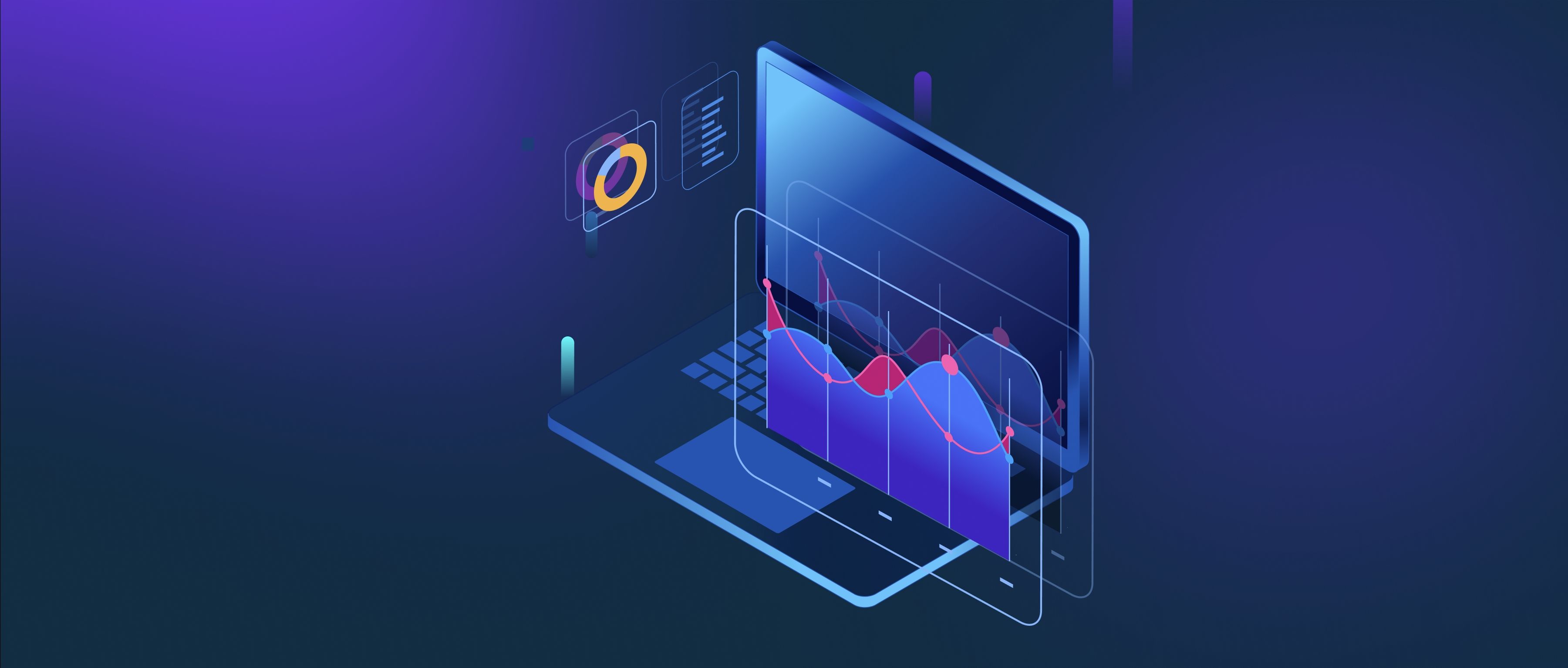Query performance is directly related to database observability because efficient monitoring and analysis of database operations can identify performance issues and help optimize queries. Database observability allows developers to understand what happens within their databases by providing insights into query execution times, resource usage, and potential bottlenecks. When developers can track these metrics, they can pinpoint slow-running queries and high resource consumption, which ultimately affects the application's responsiveness and user experience.
For instance, consider a scenario where a specific SQL query takes much longer to execute than expected. Without observability tools, a developer might not realize there's an issue until users report performance problems. However, with effective monitoring, the developer can visualize the execution time of that query over time and compare it against other queries. They can check for locks, the amount of data being processed, and whether any indexes can improve performance. This insight allows for adjustments, such as rewriting the query, adding proper indexes, or altering database configuration, to enhance performance.
Moreover, database observability also helps in maintaining long-term query performance by tracking changes over time. As applications grow, the data they handle often increases significantly, which can impact how queries perform. By continuously monitoring metrics like query response time and execution frequency, developers can catch potential performance degradation early. For example, if a previously optimized query starts consuming more resources after a new feature is added, observability will help identify this trend and allow proactive measures to maintain optimal performance, therefore ensuring a better user experience.
